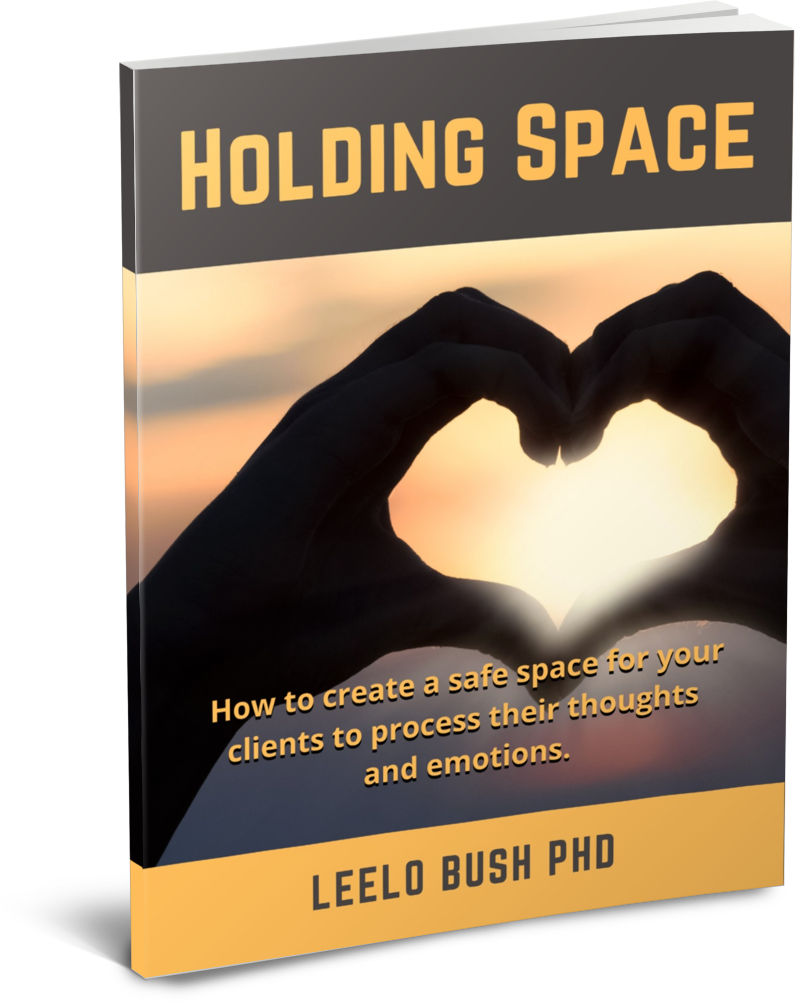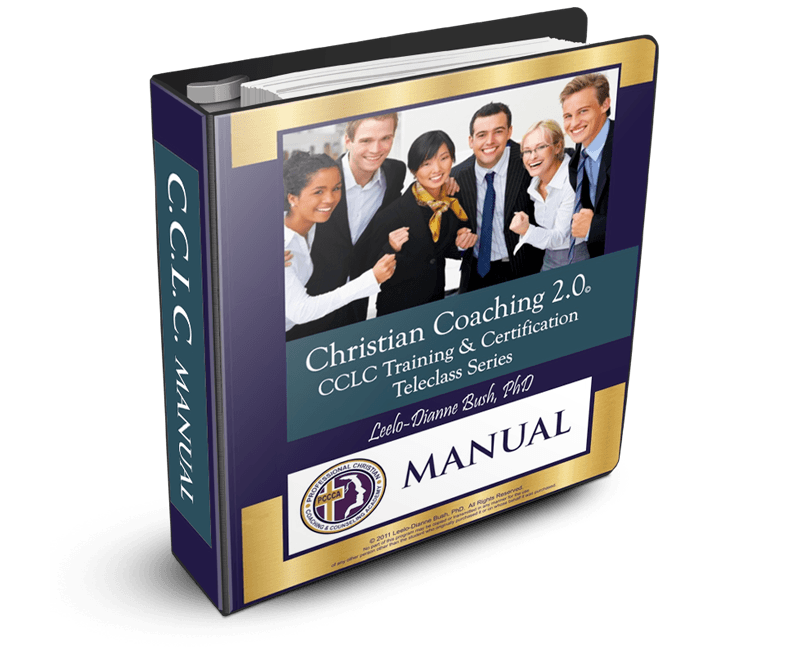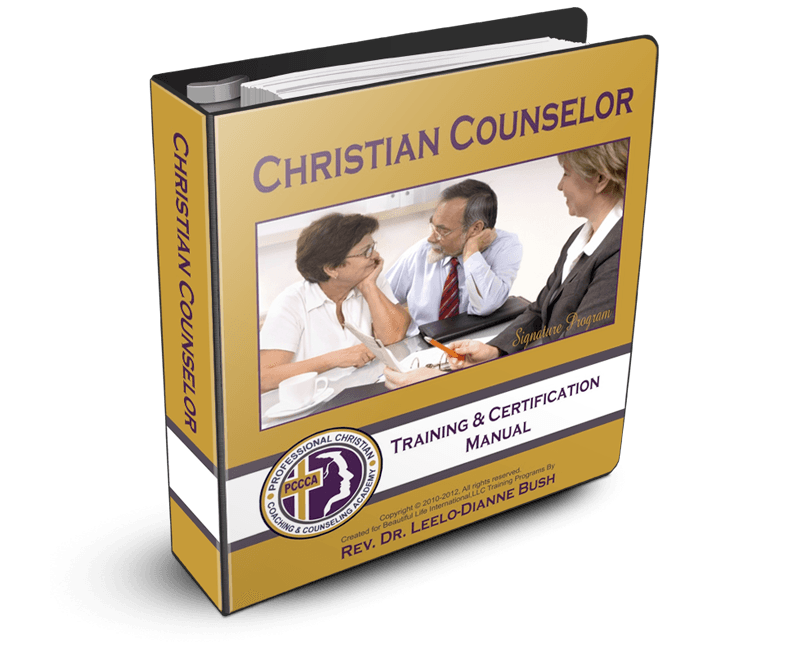How To Reduce Unnecessary
Emotional Suffering
Isn't it true we all go through times when we experience sadness, grief, or emotional suffering? Even though we can't avoid the emotional pain that can accompany difficult circumstances, we don’t have to experience unnecessary emotional suffering.
In this article, I'll show you how to relieve or reduce unnecessary emotional suffering so that you and those you care about can live with hope and joy. We also want to ensure these thoughts don't affect our health and well-being.
I’ll then show you where you can learn the skills you need to help yourself and others process their emotions to reduce suffering.
It’s important to acknowledge that there are times we will experience emotional pain. It’s just a fact. God’s word says it will rain on both the just and unjust. Everyone experiences loss during their lifetime but we need to know how we can avoid moving into unnecessary emotional suffering.
What is emotional pain and Why Do Our Thoughts Matter?
Elizabeth Hartney (Bsc., Msc., MA, Ph.D.), explains that emotional pain originates from non-physical sources. She goes on to say that emotional distress can be the result of the actions of others or might result from regret, grief or loss. Symptoms of emotional pain can include feelings of: deep sorrow, sadness, depression, grief, intense distress, loneliness, isolation, negative emotions, panic, rage, shame, and worthlessness.
Circumstantial emotional pain can be unavoidable but a lot of people continue to suffer needlessly because they take on the futile task of eliminating pain altogether. They think it’s bad or wrong somehow, and that we should do everything we can to avoid it.
This fight causes another, even more severe pain. When our pain causes us guilt, the pain becomes multiplied. Rumination, or experiencing the same undesirable thoughts repeatedly circling our mind causes additional pain as well.
This is where creating new default, beneficial thoughts to intercept the undesired thoughts and connect them with better thoughts are very effective.
Thanks to Neuroscience, we know we can rewire our brain by practicing the desired, beneficial thoughts. The worst part of emotional suffering happens when we resist the negative thoughts and by this we create even more secondary pain. This pain is unnecessary.
Our brain has an amazing ability to change, heal and grow. Here is a simplified explanation of how this works.
The more we think a particular thought, the more established that neural pathway becomes, so that good or bad, right or wrong, eventually we don’t even have to try to remember the thought; rather it can become our default, go-to thought. It becomes like a super highway in our brain.
But it's not anyone's fault. God created our brains to be efficient. Your brain is not judging repetitive thoughts. Rather in it's goal to remain efficient, the brain finds the fastest route to what it believes from repetitive reinforcement is your desired destination. To change this, we first need to become keenly aware of our thoughts.
Here is an example: Do you or someone you know have an undesired thought that recurs as if on autopilot? Here's how this looks: When a certain situation occurs, your brain automatically goes to a particular thought.
This could happen when a person has what we sometimes refer to as a "spirit of condemnation", which might be little more than a faulty thought on replay. Whenever someone asks them, "what are you doing?" they feel insecure, threatened, ashamed and judged. They may automatically revert to thoughts of not being good enough.
For the purposes of this article we won't go into why they react that way, only that it has been a long-standing, practiced reaction or thought.
The good news is it can be changed by deliberately practicing a more beneficial thought. For example, "the other person is just curious about what I'm doing".
Now let's take a look at more ways to relieve unnecessary emotional suffering.
3 Ways to reduce emotional suffering
There is no right or wrong way to grieve. Each person and circumstance is different. Give the grieving person (or yourself) permission to grieve in a way that feels right to them. But when the time comes they're ready to put the grief behind them, below are three ways that will help.
1. Lean on God
It is wonderful to be filled with joy, particularly the joy of the Lord, which insulates us from many matters that cause emotional suffering. Having emotional discomfort, pain or suffering is part of our lives but we can have a better emotional experience because we know that God is in control, that He loves us unconditionally, that we are completely worthy before Him. And when we understand how our thought processes and brain works, we are better able to manage our mind.
The LORD is near to the brokenhearted and saves the crushed in spirit. ~ Psalm 34:18
2. Understand your thought process
We know from research that our thoughts create our feelings based on the meaning we give to the circumstances we experience. Before we have an emotion about a topic, we experience a thought. The thought passes through our values filter, attaches to a meaning and creates our emotion, which is a mental image typically combined with the sensations we physically feel.
That said, because of the intense grief someone feels, their thoughts have usually been working overtime focusing on the loss, causing a series of raw emotions, until it becomes their default thought, or a super highway.
The good news is you have the power to change and reverse this process. Monitor your thoughts closely. Pay attention to how each of them make you feel. Then make adjustments to any thoughts as needed.
3. Identify your emotional triggers
An emotional trigger can be anything that brings back thoughts, emotions, or memories that make us feel sad, angry, uncomfortable and unsettled. It could be related to a trauma from the past, even if we didn’t recognize it as that at the time. It could also have to do with underlying shame we are dealing with.
These triggering events cause us to have an emotional or visceral response by alerting us to a particular issue.
According to an article in Wikihow, “3 Ways To Cope With Emotional Pain”, emotional triggers are things that occur that cause you to have an emotional response and you are likely aware of them.
But don’t assume that emotional triggers are all bad. Yes, it’s true they may be uncomfortable, but they also alert you to something in your life that needs resolution.
So is you feel “triggered”, make note of the situation, what happened, who was involved and exactly what made you feel that way. Then consider what would need to change for you NOT to feel uncomfortable.
Next Steps: Thought Work
It’s natural to have a tendency to blame someone else for the way you feel or for triggering you, but there is nothing more triggering than the truth. Your initial instinct may be to accuse the other person of being rude for making such a mean comment. But it could be they were merely exposing a truth that you’ve been unwilling to face.
Rather than jump to conclusions, pray and ask God what you need to learn from this experience. Then be still and listen to any inklings you receive from the Holy Spirit.
“As iron sharpens iron, so one person sharpens another.” Proverbs 27:17 NIV
When God’s word talks about iron sharpening iron as one person sharpens another, the act of sharpening itself relies on an abrasive action. We could say that the truth can be abrasive if the hearer would rather ignore it.
When you identify what upsets you, it will be easier for you to change how you manage it. Should the topic be accepted, ignored or should it be confronted and dealt with?
Discover an incredibly fulfilling career and experience personal life transformation.
Find your course HERE.
It's time.
When you no longer want to be triggered by it, then you’ll have to face it and deal with it.
I believe God gave us that internal triggering “alarm” mechanism so that we would know when something needs our attention.
In the case of grief, when you are ready to feel better, you’ll have to face it and consider the benefits of changing your thoughts. While there is no magic pill, here is one of many methods that work gradually.
I suggest you find yourself a safe, happy or peaceful thought you can deliberately shift to when grief thoughts return. Phil. 4:8 tells us, "Finally, brothers and sisters, whatever is true, whatever is noble, whatever is right, whatever is pure, whatever is lovely, whatever is admirable—if anything is excellent or praiseworthy—think about such things."
Create a mental picture of your safe thought so it’s easier to immediately shift from an undesired thought to a desired one when needed.
Whenever the undesired thought emerges, switch immediately over to the desired thought. Don’t even let the undesired thought develop. After doing this repeatedly, eventually your desired thought will become your new default thought.
Many more in-depth healing strategies are found within my Certified Joy Restoration Coach / Christian Grief Coach dual-certification course.
Conclusion
We have looked at emotional pain and how to process it as well as 3 ways to cope with emotional pain. All this is to avoid unnecessary emotional suffering. Think about what you have learned in this article and how your experience can benefit someone else.
The topic of ending or reducing unnecessary emotional suffering is covered in far greater depth in the Joy Restoration course but I am giving you some basic concepts so that you can begin to do the work.
With your certification as a Joy Restoration or Christian Grief Coach (CJRC / CCGC), you can effectively run a grief coaching practice and work with the private or public sector as well as Christian ministries. Register is open and you can enroll today to learn how to reduce suffering and restore joy to those who need you.
Please share your thoughts in the comments below. I read and respond to all comments and I'd love to read yours!
© 2020 Leelo Bush, PhD, All rights reserved.







